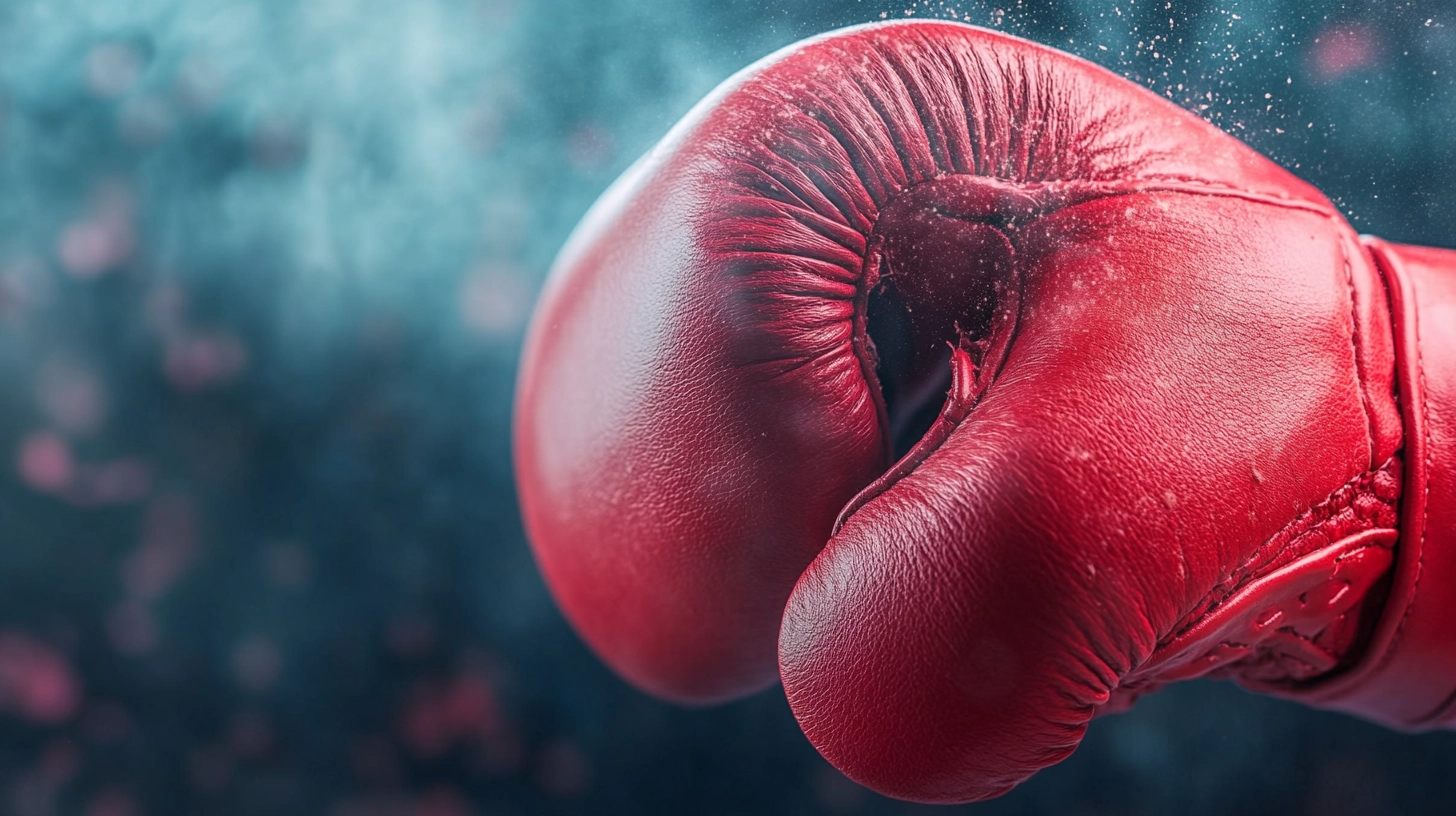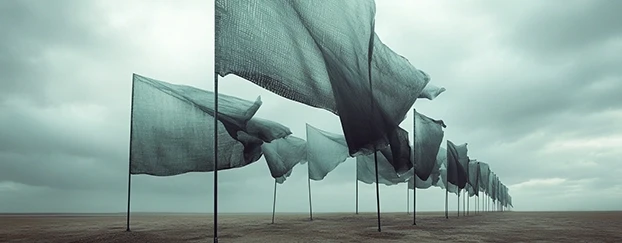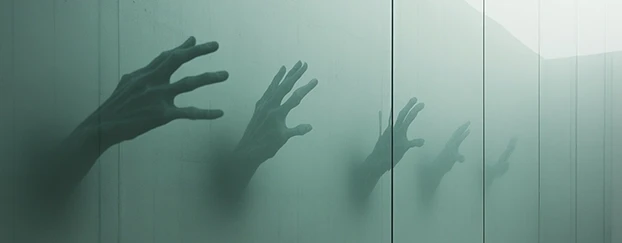
If you’ve launched anything lately, you’ve noticed the quiet handover: AI branding tools are doing the heavy lifting—first-pass logos, instant style tiles, channel crops, even copy variants. Humans still set taste and meaning, but the production sprint? The machines own it. That’s not a loss of craft; it’s a reallocation. The work moves from pushing pixels to making calls.
If you want a quick tour of what that looks like inside one platform, start from the home page and picture your brand flowing through a prepared system rather than a blank canvas.
Speed vs. craft isn’t a rivalry—it’s a relay
Here’s the honest breakdown. Humans: metaphor, nuance, reading the room. Machines: volume, pattern recognition, repeatability. Need twenty ad cut-downs, five hero options, and platform-specific crops by Friday? That’s where AI crushes it. The baton pass is the trick: you define the boundaries; the tool explores inside them; you select, refine, and ship.
A practical entry point is context testing. Instead of guessing if your concept works on real-world surfaces, drop it into mockups to see type hierarchy, contrast, and material interactions before you ever book a photoshoot. You’ll catch weak color combos and unreadable lockups days earlier—and save yourself a painful round of “can we make the logo bigger?”
Insight beats instinct when the room gets noisy
Brand debates often stall on personal taste. AI brings a different kind of signal: it surfaces language patterns in customer reviews, clusters visual tropes across your category, and flags inconsistencies across channels. That doesn’t replace strategy; it reduces the cost of finding direction. Plenty of teams now formalize AI’s role across research and execution, not just production (see HubSpot’s overview of AI for branding).
Once the direction is real, lock it into templates. Guardrails—grids, spacing, type rules—keep the system intact while the tool handles variants: seasonal swaps, offer changes, and localized copy. You keep the intent; the tool scales the expression.
Where humans still, decisively, win
AI doesn’t read a founder’s subtext or a community’s allergies. It can’t feel the “not us” in a CEO’s tone. Humans protect meaning and context, especially when politics, culture, and timing collide. The smartest hybrid teams use AI for breadth and speed, then apply judgment at the narrow end where taste and narrative matter most.
Pressure-test your identity on screens early, especially if you’re shipping product UI, fintech, or SaaS. Use Devices & Tech mockups to check small-size legibility, dark-mode contrast, and how your mark sits next to real app chrome. If it holds there, it’ll hold almost anywhere.
Consistency at scale is supposed to be “boring”
A brand you can’t repeat isn’t a brand—it’s a campaign. AI’s “boring” strength is ruthless consistency: layout hygiene, export discipline, color balance, even naming conventions. That’s what turns a few good comps into a maintainable system.
Before you commit budget to photography or print, validate hierarchy and shelf presence with Packaging mockups. It’s the fastest way to see if your claims are legible at arm’s length, if your SKU colors clash, or if the matte/foil combo actually reads. Small fixes now beat expensive reprints later.
Avoid the cookie-cutter trap (without going precious)
AI can nudge everyone toward the same gradients, blobs, and cheerful neo-grotesk. Sameness isn’t inevitable; unquestioned sameness is. Start from a sturdy base, then introduce controlled tension: a stricter grid paired with a bold crop, a secondary typeface that carries tone, an unexpected photo treatment that cuts through scroll fatigue.
Operationally, protect your system with source of truth. Keep brand-safe assets centralized and findable via search. Retire stale logos and rogue color files. Consistency isn’t a mood—it's inventory control.
The money talk: hours, proof, and trade-offs
Manual branding bleeds time in the middle: exploration, resizing, channel formatting, mockup creation. AI compresses that—without touching the human decisions up front. If you’re cost-mapping, compare one photoshoot and a handful of reshoots to a month of access and a few focused working sessions. For most teams, pricing plus a hybrid workflow wins on speed-to-signal and total output. And no, AI shouldn’t be your head of brand. As one perspective puts it: valuable tool, wrong choice for owning strategy (Brandigo’s take). Humans still decide what’s true for the brand; AI just makes the truth easier to execute.
A simple weekly loop that actually sticks
Try this for one week and see what changes:
- Calibrate — Set your three guardrails: tone, type, color. Document them in a master template.
- Generate — Produce 10–20 variants per channel (headlines, crops, lighting) using AI.
- Mock — Test winners in context: packaging, socials, pitch materials.
- Decide — Humans choose. Keep 1–2 versions per use case; archive the rest.
- Ship — Export a channel-ready kit and schedule posts, ads, and landing updates.
If your audience skews mobile or product-led, swap step three for on-screen tests and go hard on accessibility (contrast ratios, line length, tap targets). The point is not to worship the tool; it’s to keep momentum while protecting meaning.
The punchline (and the plan)
“Human vs. machine” is the wrong fight. The winning model is relentlessly practical: humans set meaning and taste; machines scale clarity and output. Keep the decisions only you can make. Offload the rest without guilt.
See your brand before you commit. Grab a starter set of on-brand assets, test them in the wild, and iterate with data instead of hunches. Download free assets and run the loop end-to-end—then scale what works.





